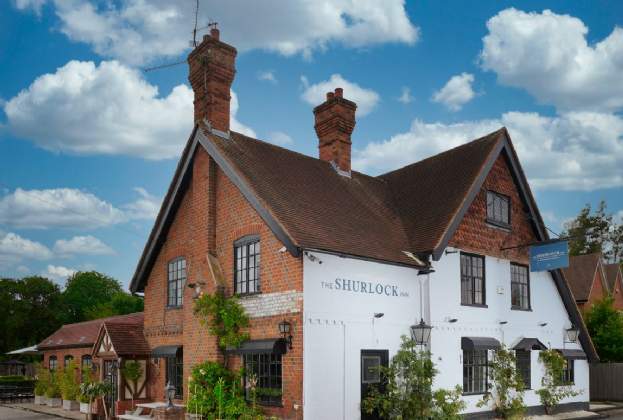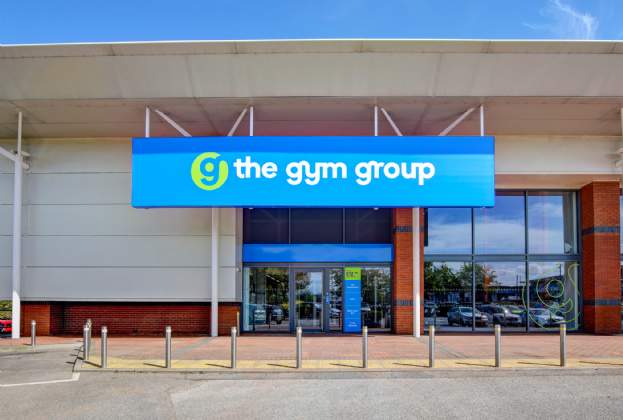There are always objections when business rates change but the 2017 revaluation has caused more concern among pub operators than most.
At the time of the last revaluation in 2010, based on rental values in 2008, there was generally a fairly accurate correlation between turnover and rent agreed. Pub rating assessments based on turnover were therefore largely in line with expected rents for both new lettings and rent reviews.
Since then, the market has changed irrevocably. There is no longer a direct correlation between turnover and rent, and other factors need to be taken into account.
Fundamentally, rateable value should reflect market rent, regardless of sector. However, the upwards only provisions in most pub lease rent review clauses mean this is often unreliable, as passing rent is above market rent. Lease renewal information can provide valuable evidence, although one has to be cautious as to the negotiating strengths of the parties at the time.
In the pub industry, the profits test method of valuation is generally used and the parameters of this need to reflect what’s happening in the market. Whereas a decade ago, in a strong market, tenants would have to pay around half the divisible balance in rent to secure a premises, this is often not now the case. There is frequently only one potential applicant which will logically affect the level of bid.
The Royal Institution of Chartered Surveyors publication, which focuses on the valuation of licensed premises using the profits test method, states that the tenant’s bid will generally fall between 35 per cent and 65 per cent of the divisible balance. This is a wide range, highlighting the difficulty with the Valuation Office sticking rigidly to a percentage of turnover when providing a rateable value.
Arguably, the most accurate evidence is the actual deal struck for a premises as, on a new letting, this is the rent that the 'market' will pay. It would surely make sense for this to be reflected in the assessment of a pub’s rateable value.
Pub operators can also become disincentivised to invest in a business, as this results in them being penalised when the rateable value is assessed. We could avoid this by making allowances for a tenant’s investment, as generally happens with licensed properties at rent review.
The pub market has changed dramatically over the last decade, but rating methods have not kept pace. The Valuation Office needs to urgently review its approach.
A version of this blog first appeared in The Publican's Morning Advertiser.
Further information
Contact Savills Licensed Leisure
(1).jpg)


.jpg)


.jpg)


.jpg)
.jpg)